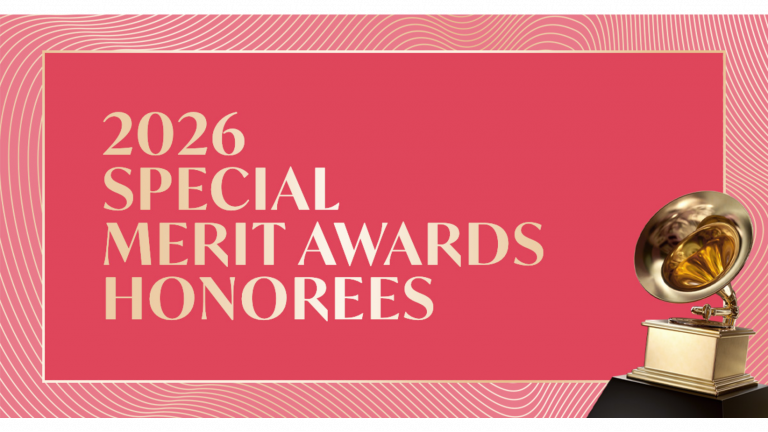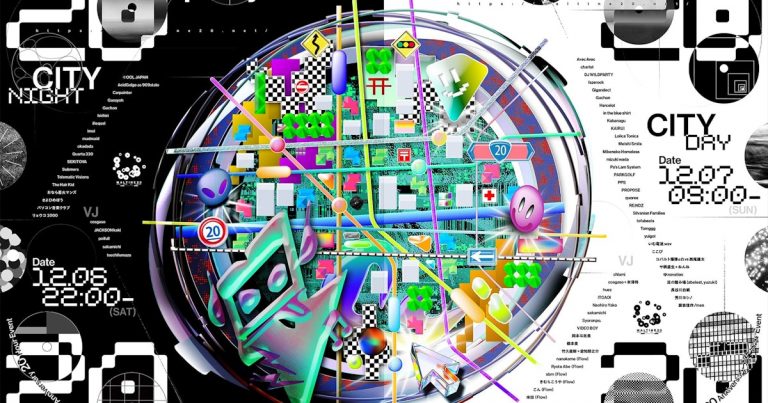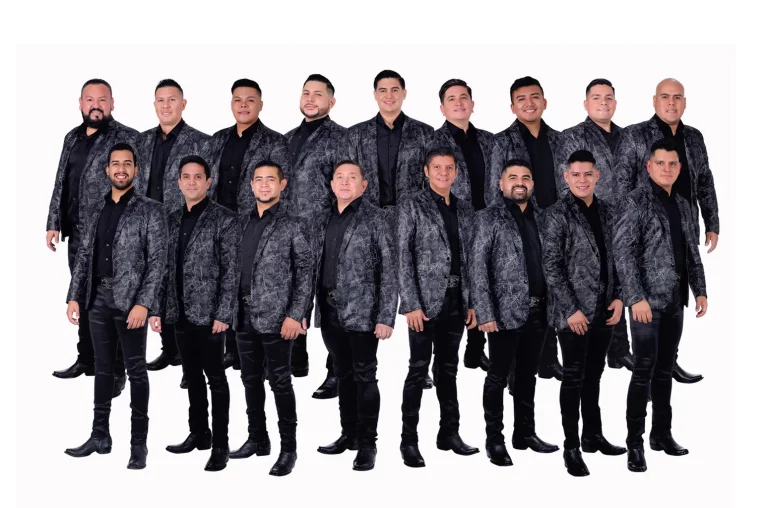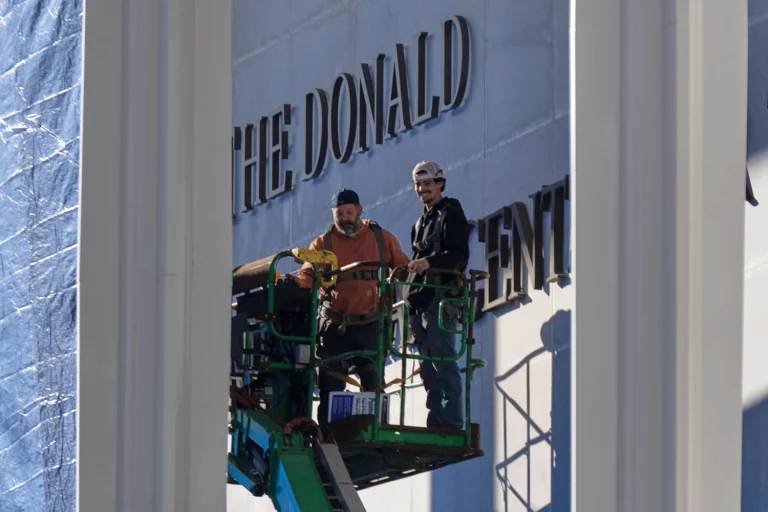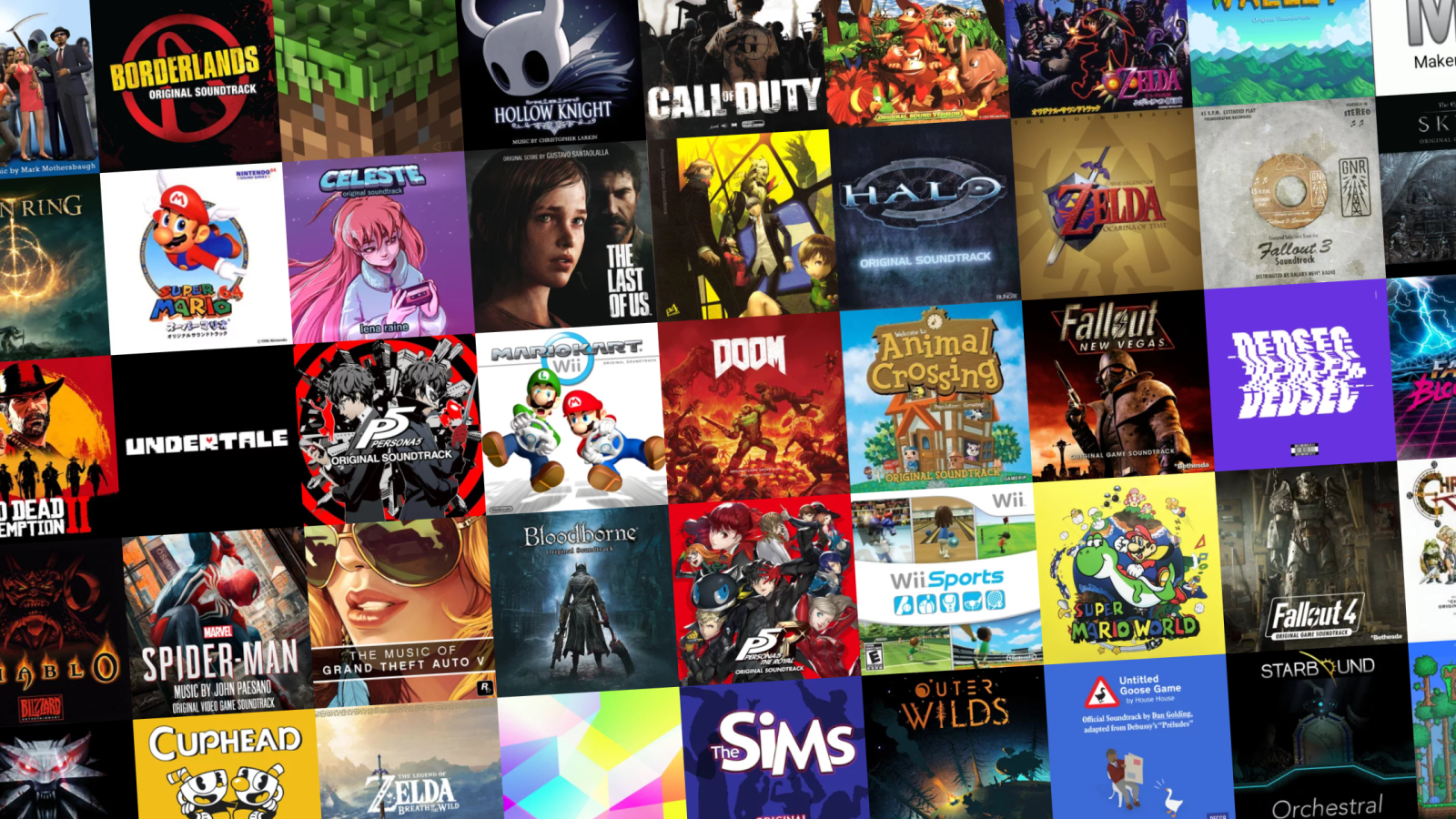
Source: Midia Research
For decades, video game music has been more than background noise. From nostalgic chiptunes to sweeping orchestral scores, soundtracks have shaped how players experience their favorite titles. Today, in a world of livestreams, short-form video, and global fandom, these soundtracks are stepping into the spotlight as cultural assets with influence far beyond the games themselves.
Game Music Steps Into the Spotlight
Game music is finding new life across digital platforms. Streamers and creators often use it because publishers enforce fewer copyright restrictions than traditional music. This makes it a safe, engaging option that avoids demonetization. Audiences also respond strongly because these tracks carry emotional weight. The Halo 4 soundtrack, for example, debuted at #50 on the US Billboard 200. The Persona 5 soundtrack reached #5 on Japan’s Oricon chart. These milestones show how game music resonates both inside and outside the gaming world.
From Niche Fandom to Mainstream Recognition
The cultural impact goes deeper than convenience. When a hip hop track samples a melody from Pokémon or The Legend of Zelda, it sparks instant recognition. Nostalgia strengthens the connection, turning music into a bridge between personal memories and modern digital culture. The Persona series illustrates this perfectly. Its curated soundtracks not only enhance gameplay but also spill into fan communities, social content, and even daily routines. Songs designed for in-game moments—like walking to school or waiting in a café—become lifestyle companions in the real world.
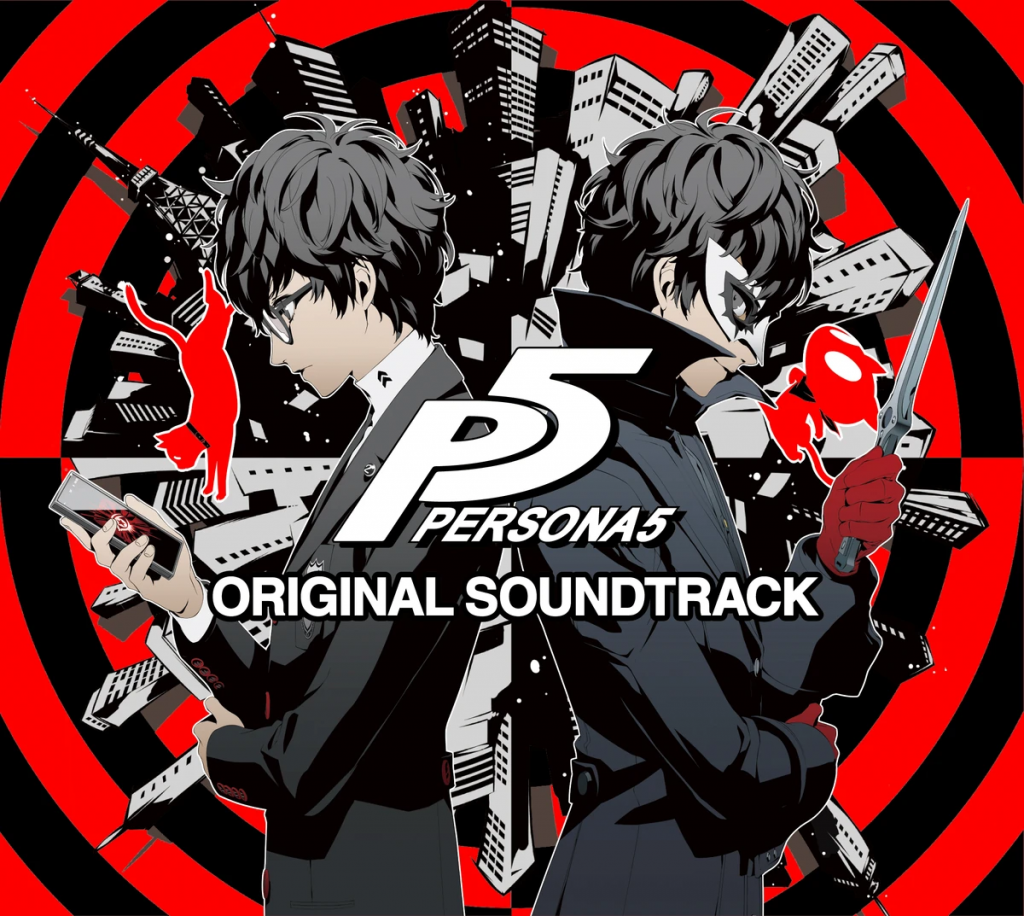
For developers and publishers, the opportunity is clear. By designing music with life beyond the game in mind, they can create soundtracks that fuel content creation, drive cultural relevance, and serve as launchpads for new music. Lo-fi, jazz, and other adaptable genres extend a game’s reach across platforms. They embed themselves into everyday life while reinforcing the game’s identity.
Video game soundtracks are no longer just background sound. They are cultural engines. Those who recognize and harness this shift will unlock powerful new pathways for music discovery, audience engagement, and brand growth.

